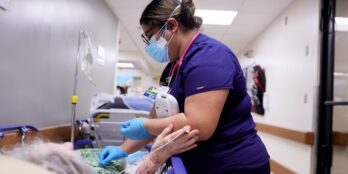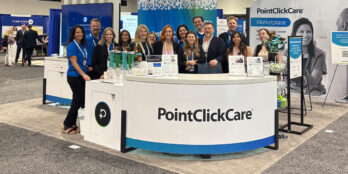
How Tech Enables Integrated Information Efficiencies
 3 min
3 min
One of the most impactful benefits of using an electronic health record (EHR) is streamlining administrative processes. When all files are electronic, everything from admissions documentation to billing processes can be performed with fewer employee hours and more accuracy.
The admissions process, in particular, is faster, easier and reduced to one electronic form. This solves one of the most common pain points of admissions: dealing with paper documents that can get lost, damaged or even destroyed. Now, forms can be sent to, and signed by, family members electronically at any time. Additionally, documents that still need signatures can be organized and automated, making access – by families and care providers alike – easier than ever.
When it comes to billing, our recent Forrester TEI Report found that using an EHR can reduce efforts by 960 hours annually. How? Previously, facilities would need to gather residents’ paper charts and records to calculate individual bills. With an EHR, this information is automated and readily available to billing administrators on a single platform, significantly reducing time spent manually compiling and reviewing paper forms.
Reduced Staff Turnover
With records stored electronically – and tasks clearly defined through integrated workflows and data – nursing staff can perform more efficiently and spend more time with residents. Managing staff expectations leads to higher employee satisfaction by preventing burnout and, in turn, reducing turnover cost. In fact, one facility that was interviewed for the report cut their staff turnover rate by 22%.
This decrease in turnover equates to significant cost savings. Onboarding – including recruiting, training and orientation – can cost a facility several thousand dollars.
Integrated Workflows = Time Saved
Having all resident and facility information centralized saves time with regulatory reporting, insurance billing, coordinating care with external partners and fulfilling medical record requests. All present and past billing information is accessible, and new bills can be generated quickly.
With process automation, time is saved in other areas as well, and efficiencies realized can amount to over 2,000 nursing staff hours per year. This time saved empowers nurses to focus on what’s really important: their residents. To learn more about how an EHR enables integrated efficiencies, reduced cost of nursing staff turnover and more
To learn more about how an EHR enables integrated efficiencies, reduced cost of nursing staff turnover and more
September 29, 2022






